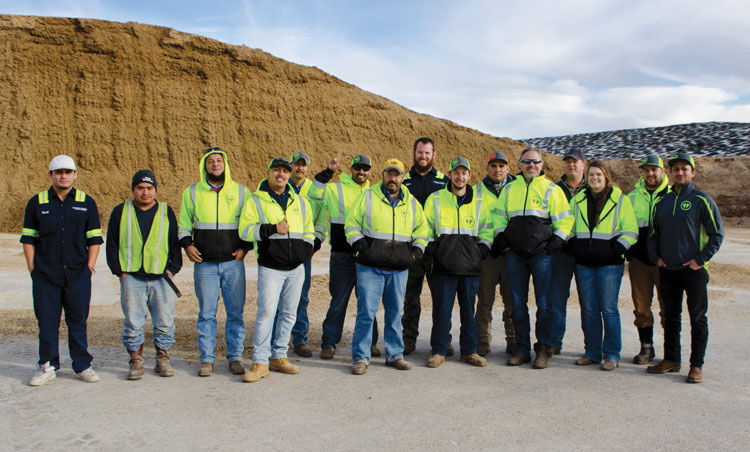
One of the most challenging roles of the feeding team is to track and account for feed as it goes through the feeding center and into the bunk. In order to do this, it’s important to test, track, and measure all the ingredients along the way.
“We have a forage oven in-house for all dry matter testing. Our feeding software (MWI’s Read and Feed) records what we feed daily. We price and inventory our forage on a dry matter basis, and we shrink tons to get monthly accrual usage,” explained High Plains Ponderosa’s Greg Bethard.
“Silage pits are reconciled on closeout,” the Plains, Kan., dairy manager continued. “We test forages monthly, or more often as needed. Dry matter is checked twice per week. Commodity purchases are recorded, and in combination with month-end physical inventory, accrual usage is determined. Shrink is computed based on difference from accrual usage and the amount recorded as being fed from our feeding software.”
Here are how the other three farms that participated in the January 10, 2019, Round Table “These farms excel from field to feedbunk” responded to the question, “How do you test and track feeds?”
Hemdale Farms Inc., Seneca Castle, N.Y.: We utilize TMR Tracker and forage analysis to optimize our feed usage and ration nutrition. We track dry matter intakes on all animals and forage usage by our herd. We also carefully track all aspects of milk production.
Leatherbrook Holsteins, Americus, Ga.: EZ Feed is used to feed the cows. No software is currently measuring shrink, but that’s an area we need to improve. Forage samples are analyzed two to three times per month.
Redtail Ridge Dairy LLC, Malone, Wis.: We test forages at harvest and every two weeks when feeding. We use FeedWatch software to track input and usages. Occasionally, we check the TMR and delivered commodities to ensure proper analysis.
Read more on the financial benefit of feed inventory management in "Feed planning offers financial wiggle room."








